The American watchmaking industry has a rich history dating back to the 19th century. During this time, American watchmakers sought to rival their European counterparts and established a reputation for producing high-quality timepieces. Iconic names such as Waltham, Elgin, Hamilton, and Illinois became synonymous with American watchmaking excellence.
American pocket watches rarely go out of style. This can be attributed to their classic designs coupled with superb durability that never becomes obsolete. Behind every American pocket watch brand is a rich history that all collectors should get to know.
Among the vast array of timepieces, rare American pocket watches stand out as coveted treasures for collectors and enthusiasts alike. So, what are some of the rarest American pocket watches? Well, a look into some of them, this article takes a journey into the fascinating world of these exceptional timekeeping instruments, exploring their history, unique features, and the allure that makes them sought-after gems.
Ball Watch Company (1879 to 1969)

US pocket watches were truly redefined when Mr. W. Ball established the timepiece standards that were to be utilized in railway operation.
Henceforth, the famous railroad pocket watches were conceived. This company frequently used movements from Waltham, Hamilton, Hampden, Illinois, Elgin, and E. Howard.
Ball pocket watches are currently listed among the most popular rare American pocket watches, with the rarest ones marked with the initials ”BALL & Co.”
New York Standard pocket watches (from 1885 to 1929)
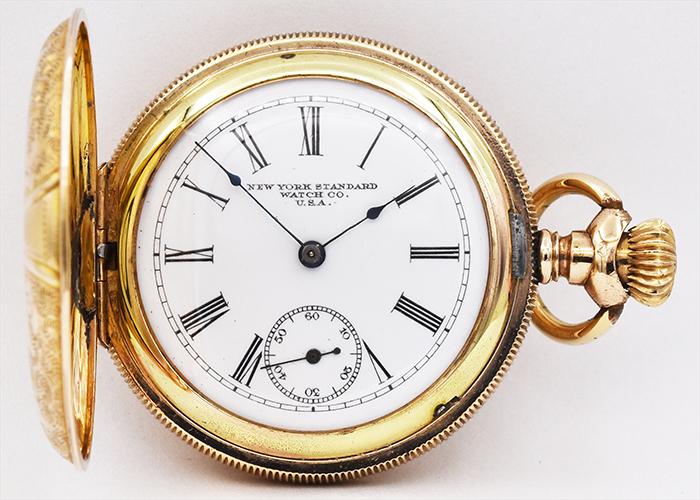
This is yet another rare American pocket watch trademark. There are about 8 million New York Standard pocket watches that were produced but it has now become hard to find replacement spare parts of its very unique worm-gear escapement.
Waltham pocket watches (from 1850 to 1957)
The Waltham Watch Company created state-of-the-art pocket watches that had affordable parts. By about 1851, this company was under another name- American Horology Company. In1853, the company yet again changed its name to Boston Watch Company, known for producing pocket watch series with serial numbers ranging from 1001 to 5000.
After some re-structuring in 1857, it was renamed the Appleton, Tracy & Co., which began producing the 5001 to 14000 serial numbers. In 1859, the company had merged with another watch company forming the larger American Watch Company.
The company also churned out a number of women’s pocket watches, the most popular being the ”the 1900 Waltham ladies pocket watch”.
Fredonia Watches (from 1881 to 1885)
Fredonia is amongst the most short-lived American models of pocket watches. For a period of four years, only 20, 000 Fredonia pocket timepieces were made, and all watches were of size 18 and had seven to fifteen jewels.
As a popular watch manufacturer, Fredonia Company produced several unique timepieces, for instance, the 15-jewel anti-magnetic pocket watch or the reversible hunter pocket watch case. Their most famous pocket watch, though, is the ”Mark Twain,” which is an 11-jewel key wind timepiece.
The Rockford pocket watches (from 1873 to 1915)
These are undoubtedly one of the most undervalued pocket watch models. There are considerably a few high-grade Rockford brand pocket watches, and this makes and them a popular make among antique watch collectors.
Rockford additionally produced a series of pocket watches that fit into standard size cases with a lot of ease. The ”R” mark adjacent to the jewel count signifies that this timepiece has ruby jewels while the ”RG” impression shows that it is indeed of a railroad pocket watch grade.
Hampden pocket watch (from 1877 to 1930)
It was the first American pocket watch brand with a size 16, 23-jewel movement. A standard pocket watch of this brand usually contains 57 parts enclosed in 14-karat gold cases, with 17-jewel movements.
Dudley Watches (1920 to 1925)
William Dudley, an American pocket watch maker, is famous for his Freemasonic-styled pocket watches that incorporated various Masonic symbols such as level, slipper, square, plumb, the letter G, compass and the Bible, into its designs.
E. Howard & Co. pocket watches (from 1858 to 1903)
This notable US pocket watch company founded in 1957 after the dissolution of Boston Watch Company, produced uniquely designed watches. Among them was a stem winding timepiece.
This company pioneered the abandoning of key winding watch movements. Their pocket watches are from size 18 to size 16, with the name ”E. Howard & Co., Boston,” engraved on its enamel dials.
Seth Thomas pocket watches (from 1883 to 1915)
Coming from the much celebrated maker of the vintage American clocks, Seth Thomas pocket timepieces were assembled in Connecticut. Their first watch was of size 18, a stem-wind watch launched in 1885. This company is also quite famous for its railroad watches.
Ingersoll pocket watches (from 1892 to 1922)
Ingersoll became a well-known pocket watch brand when they had their pocket watches going for $1 per piece. Ingersoll Watch Company additionally produced a top grade watch, known as the ”Reliance,” released into the US as well as the Canadian market. Ingersoll pocket timepieces were the first ones to use a luminous radium dial, after they incorporated this into their ”Radiolite” model.
Collectors’ Market
The world of rare American pocket watches has created a vibrant collectors’ market where enthusiasts eagerly seek out these horological gems. Auction houses, specialized dealers, and online platforms serve as avenues for collectors to acquire and trade these rare timepieces. The provenance, condition, and historical significance of a watch can significantly impact its value and desirability among collectors.


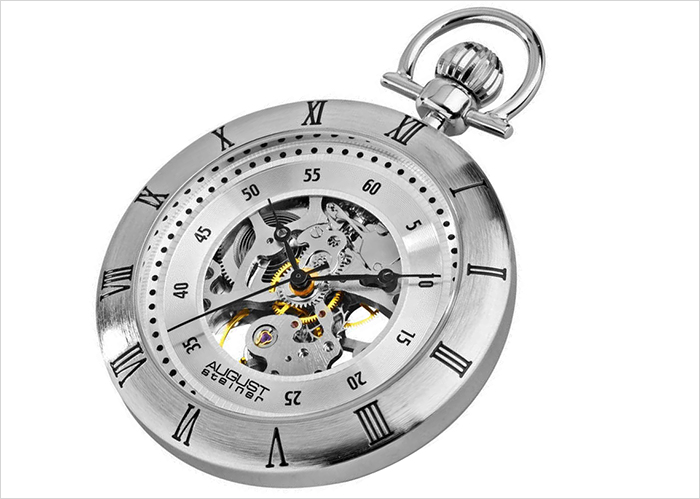
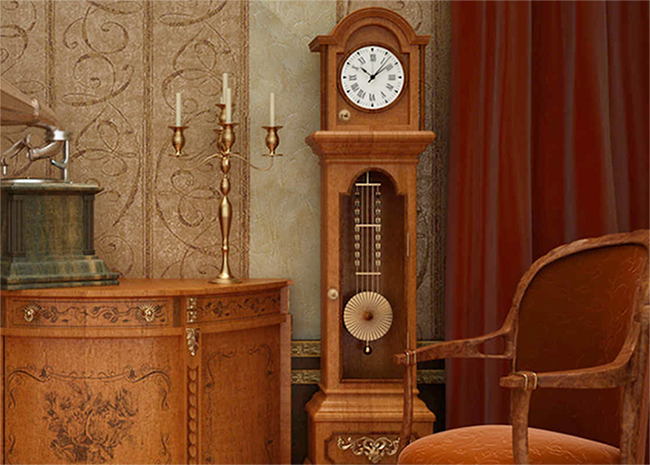
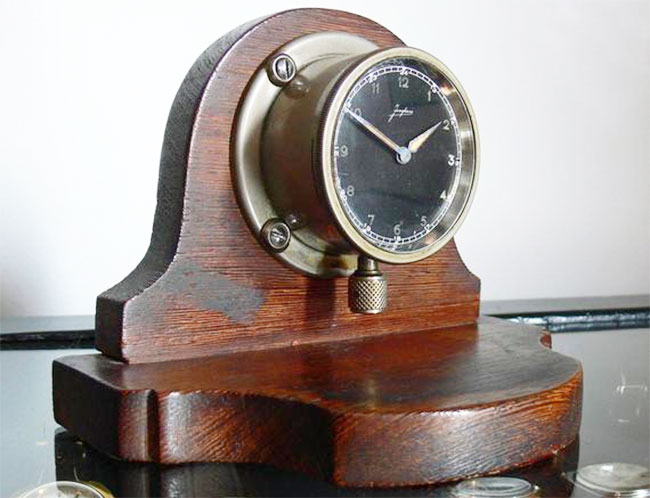



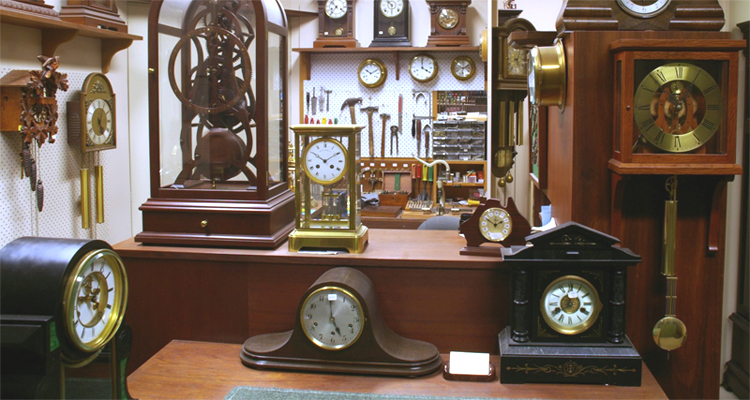
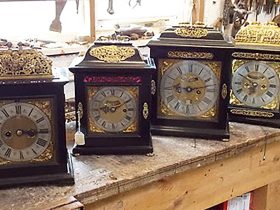
Leave a Reply